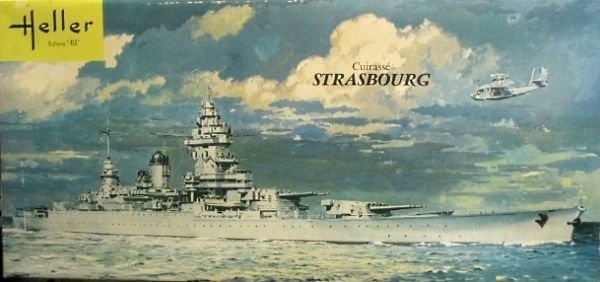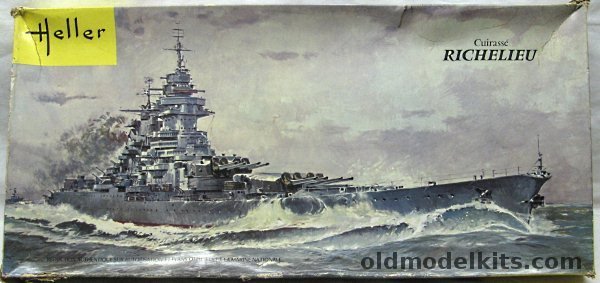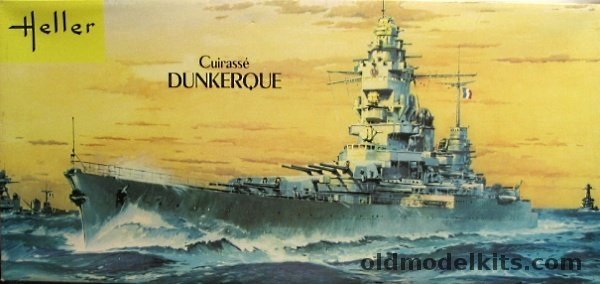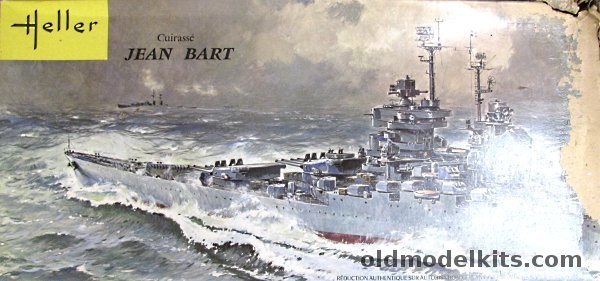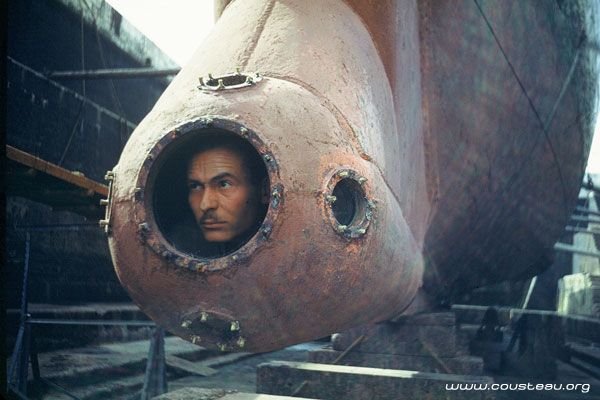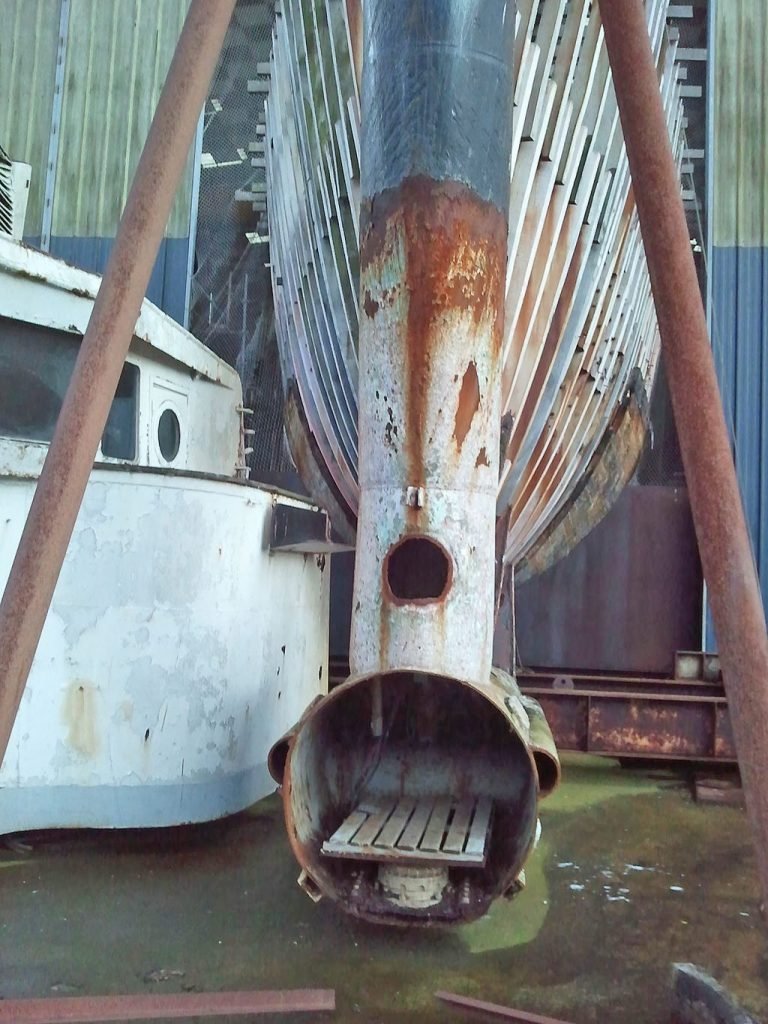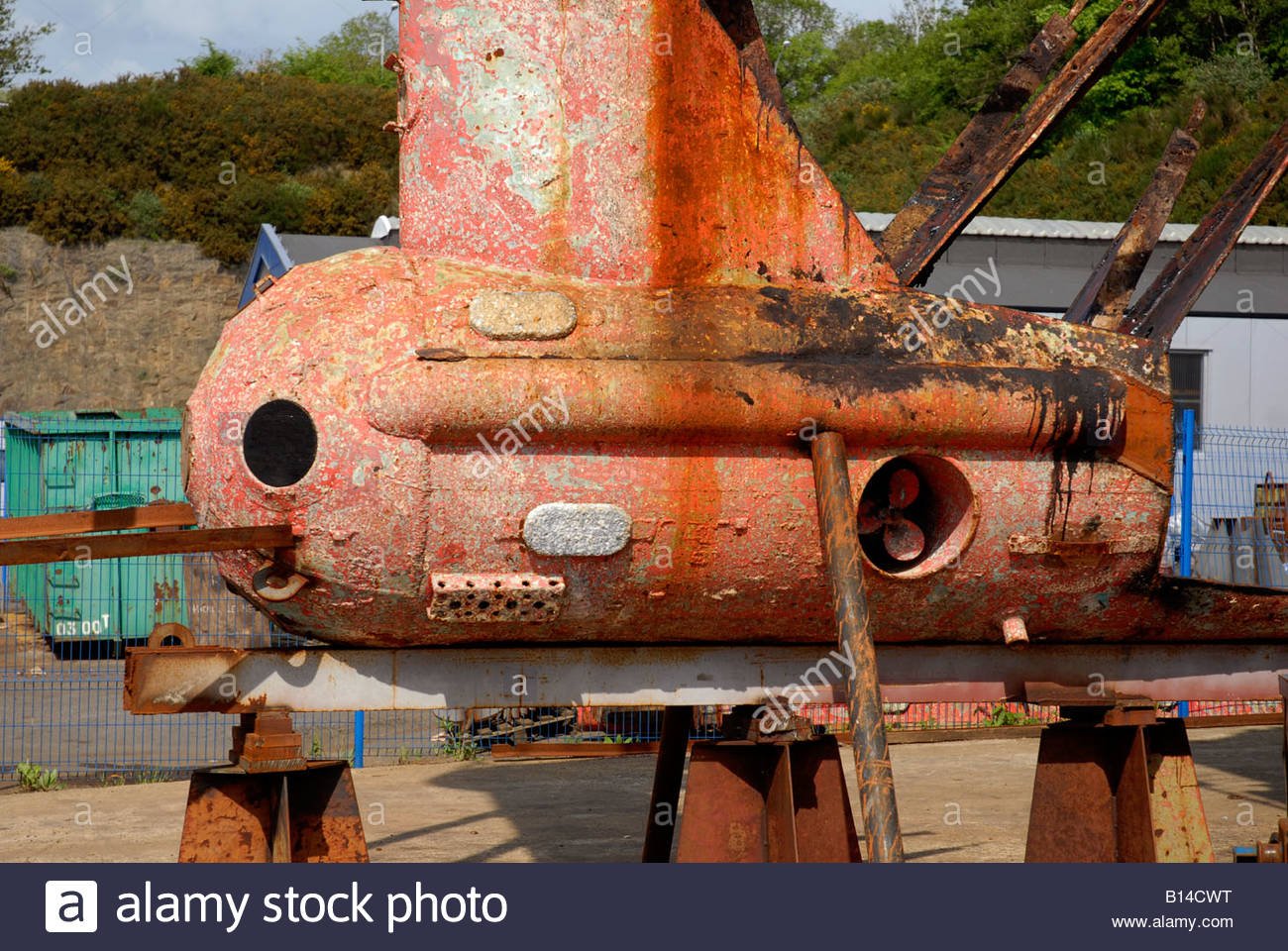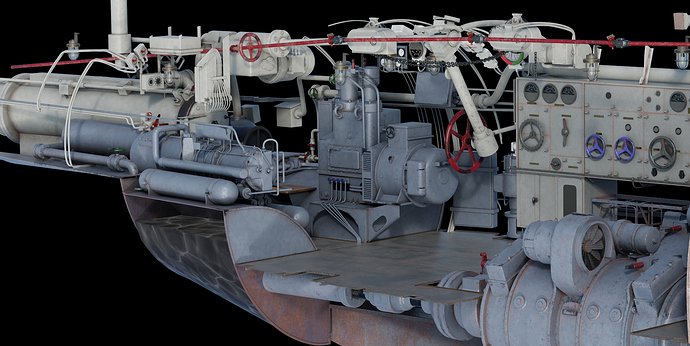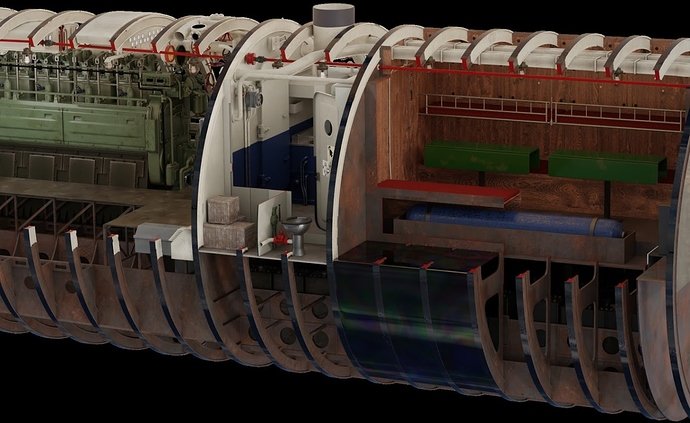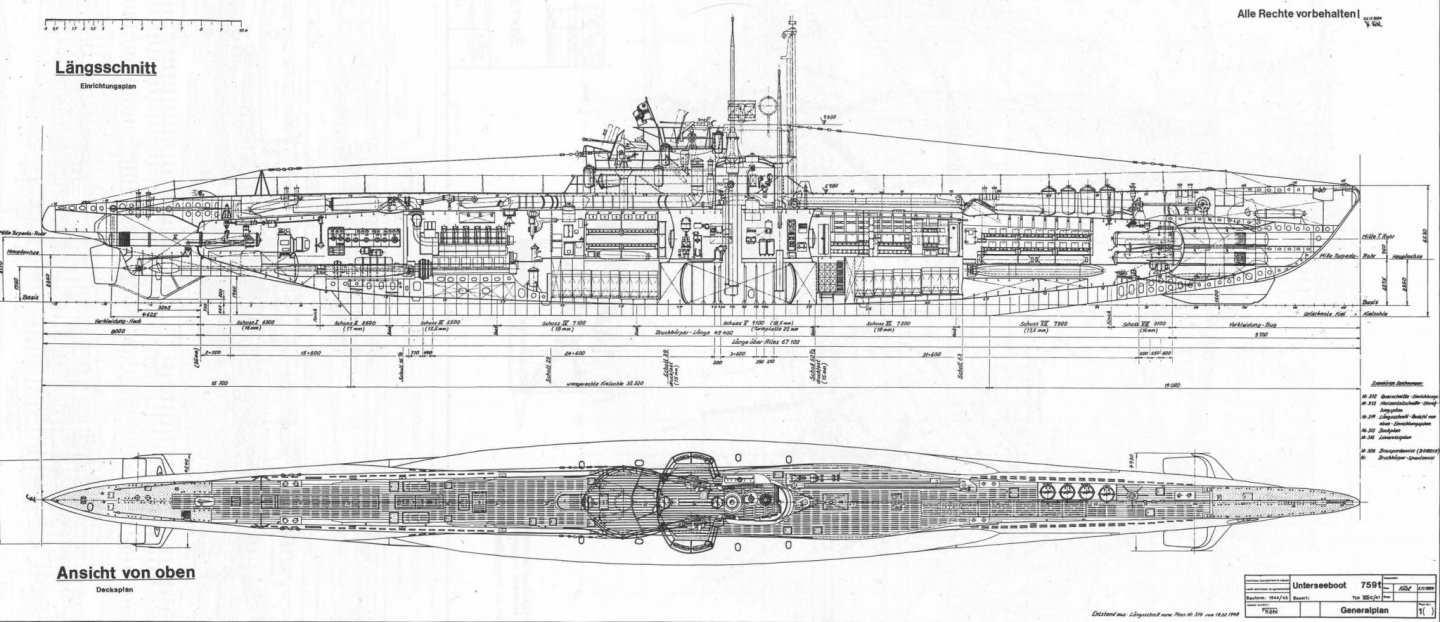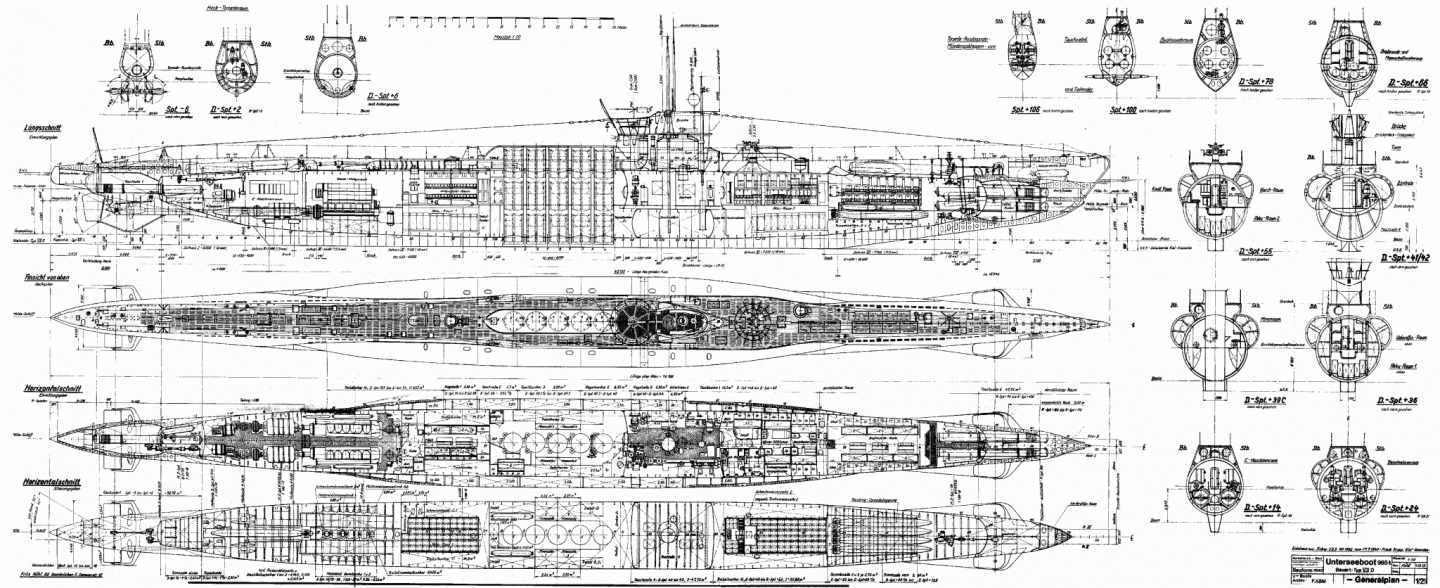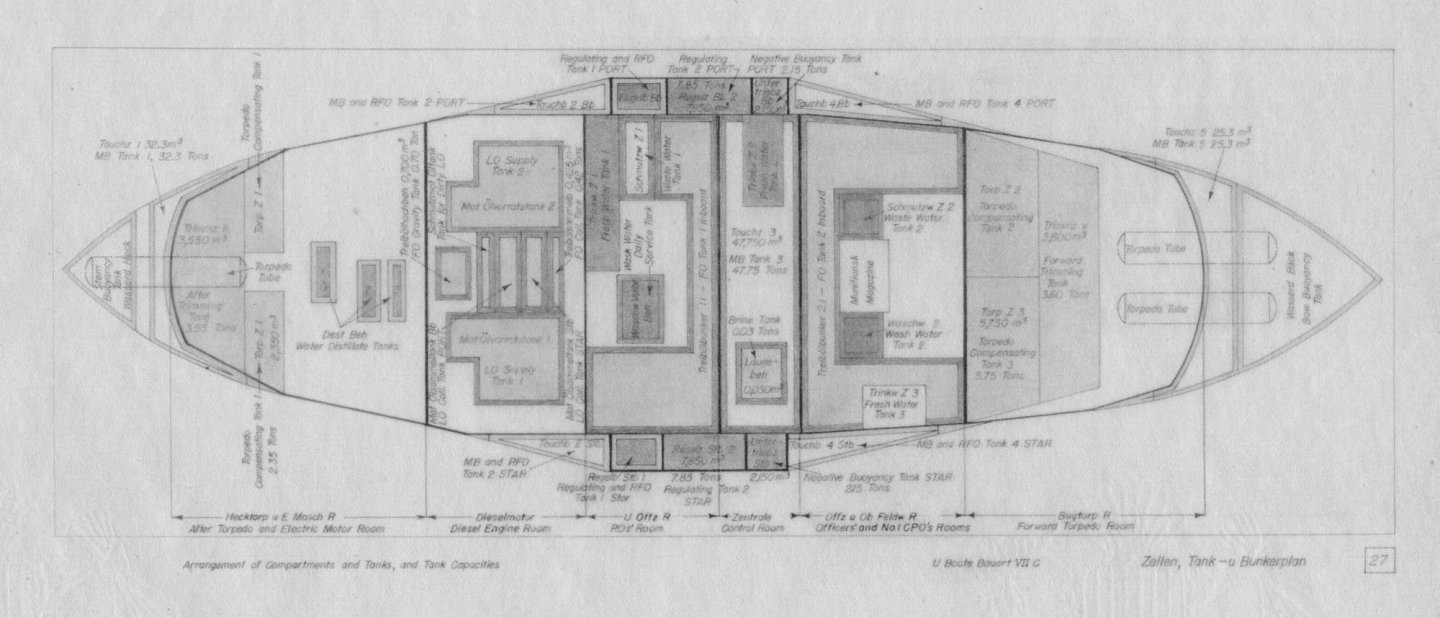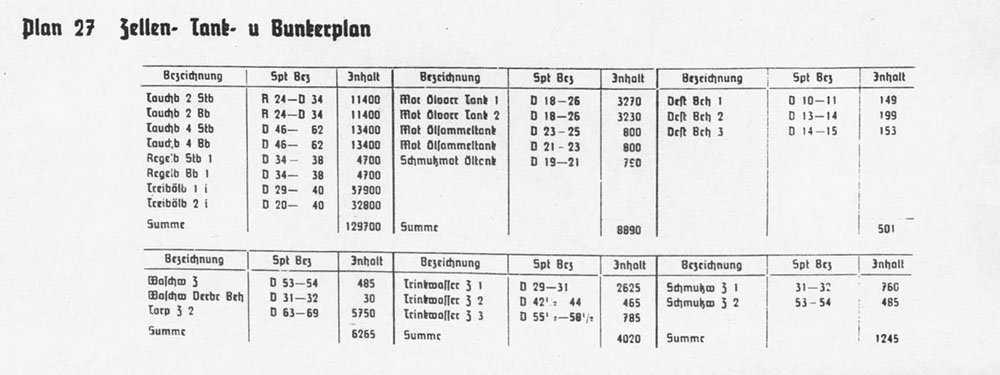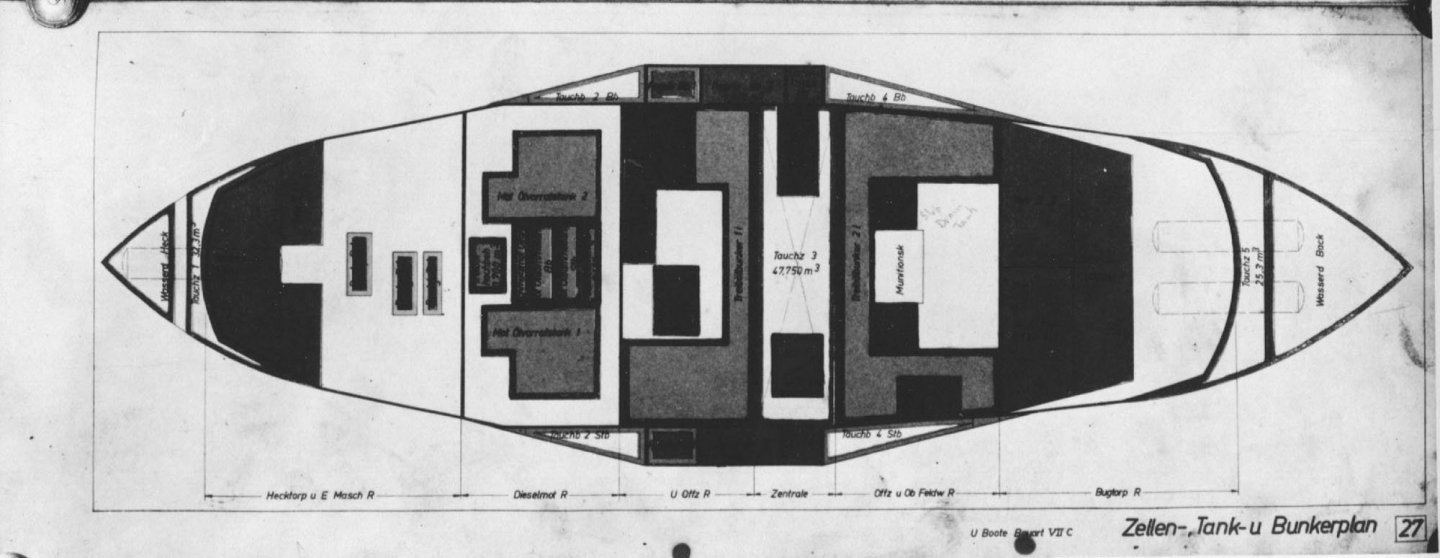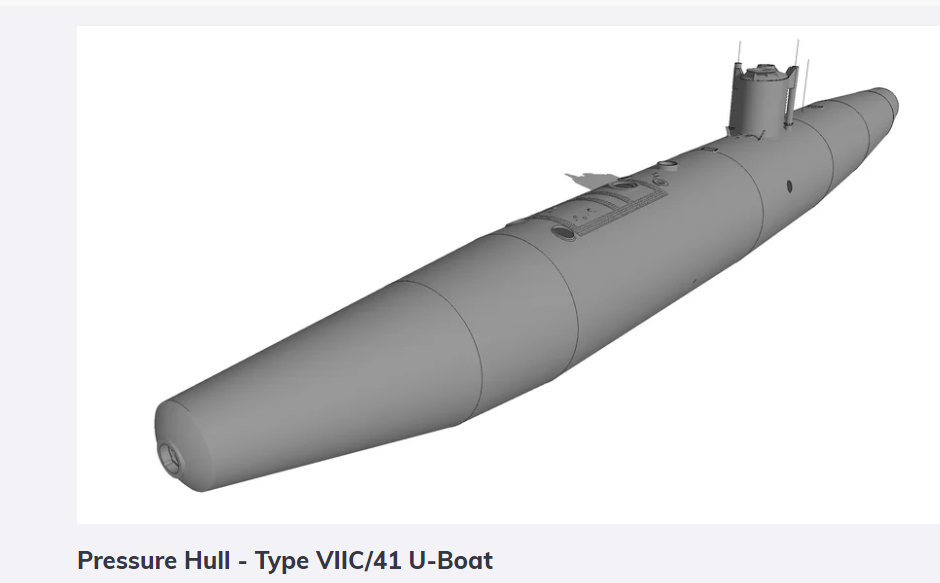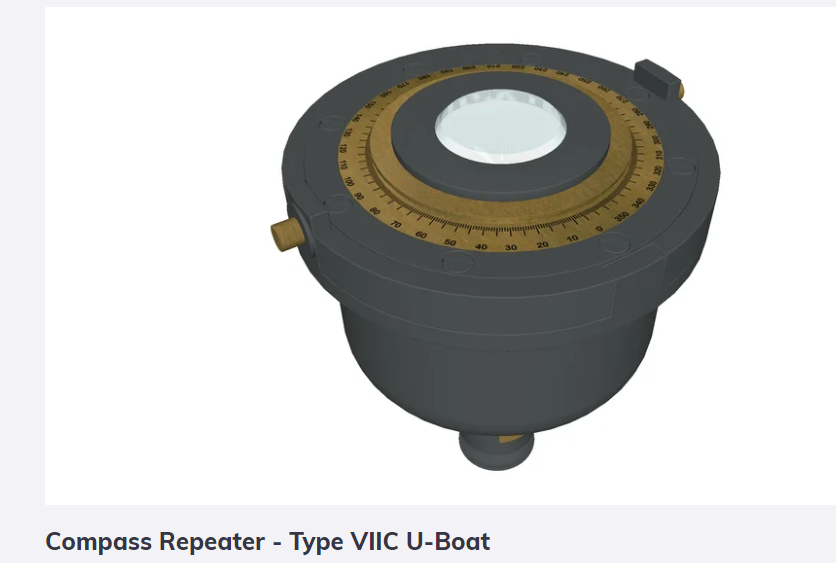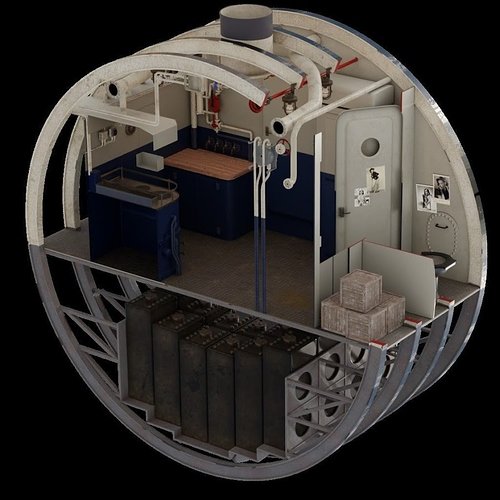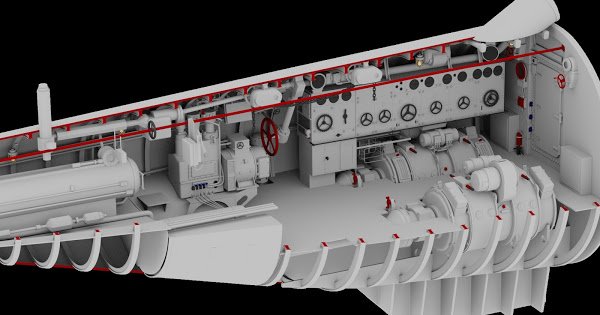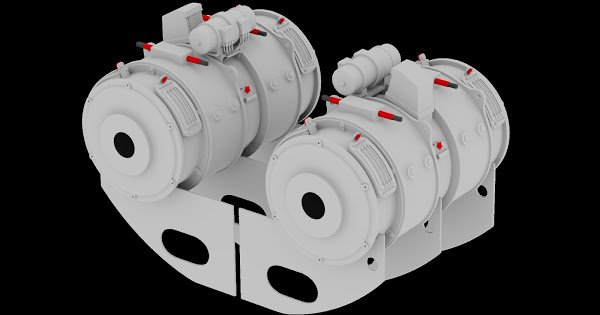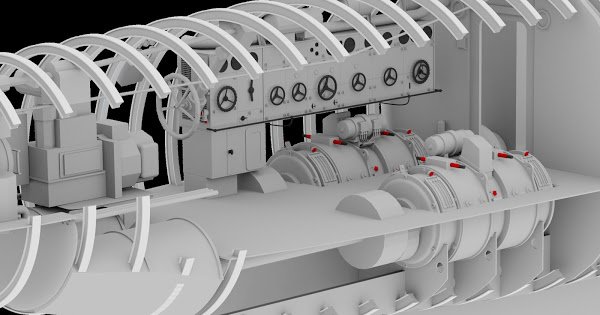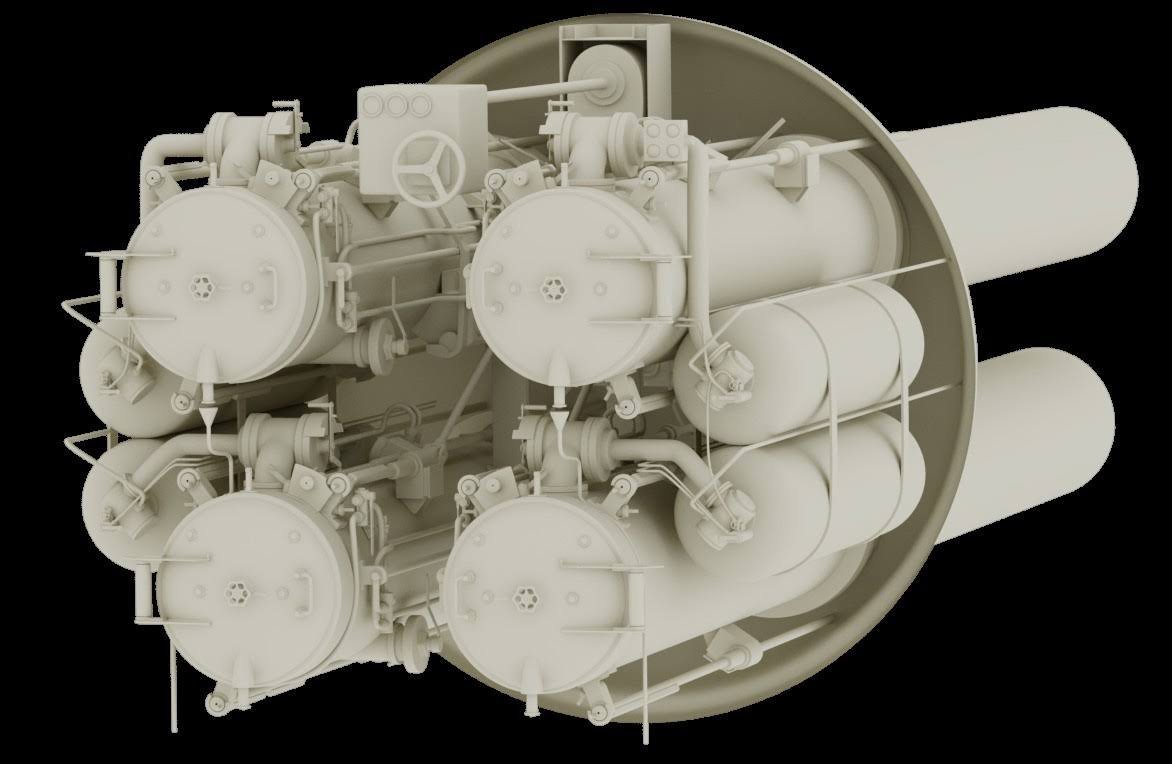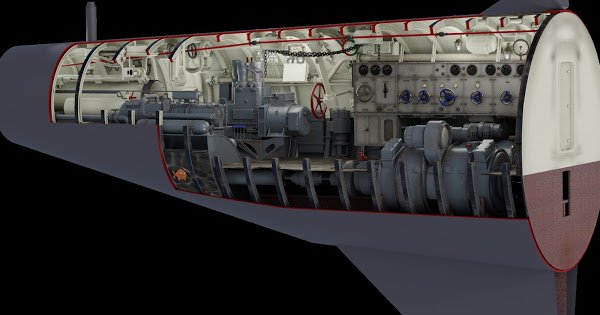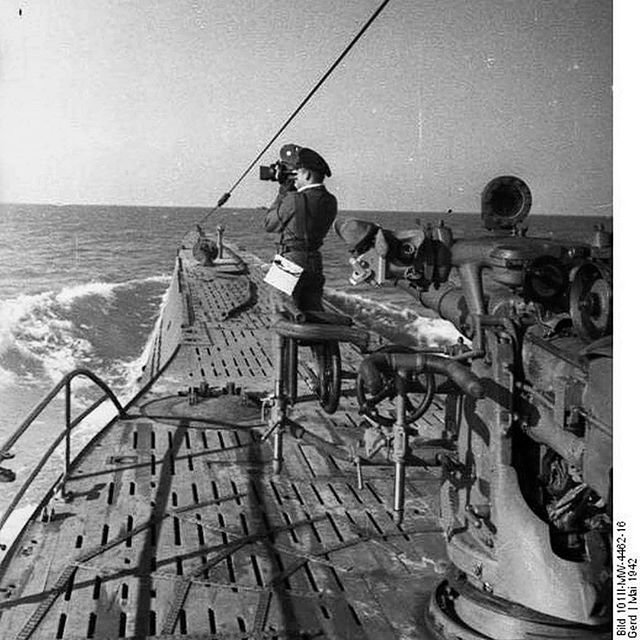-
Posts
3,617 -
Joined
-
Last visited
Content Type
Profiles
Forums
Gallery
Events
Everything posted by yvesvidal
-
That is strange. I would get in touch with CAF and ask them. Could it be the plan which is a tad too small? Will the frames fit if you sand everything down by 1 mm? How does it fit into your building stand? This seems like a lot of sanding to me.... Yves
- 322 replies
-
- enterprise
- caf
-
(and 1 more)
Tagged with:
-
eyesight and sanity.... Yes, 1/700 is a real challenge and this destroyer is a little masterpiece. Yves
-
WOW !!!! Kevin, you are relentless !!! What a fantastic kit. I will be following with a lot of interest as I would like to acquire a kit from CAF (but a prohibited one...the Chebec 😉 ) Working at the scale of 1/48 or 1/32 is also the best way to include a lot of details. In addition, when you are tired of it, it will fit perfect next to my submarine at the same scale.... 😉 Yves
- 322 replies
-
- enterprise
- caf
-
(and 1 more)
Tagged with:
-
You are turning a very old and crude kit by Airfix, into a little marvel!!! Yves
- 28 replies
-
- airfix
- queen elizabeth
-
(and 2 more)
Tagged with:
-
RGL, Here are four paintings of the French cruisers and battleships of that time, painted by Roger Chapelet (or Michel Bez), if I am not mistaken. All four ships were offered by Heller, unfortunately in the 1/400 scale which was their reference long before the 1/350 became a standard: Quite a fleet. Yves
- 136 replies
-
- strasbourg
- finished
-
(and 2 more)
Tagged with:
-
For the main 88 mm gun, I just found out that EDUARD was proposing a resin/brass kit for the Trumpeter kit. For $20 on E-Bay, I decided to purchase it and give it a try and see how it compares to the Trumpeter gun, spiced up with the RCSubs PE. At first look, the details on the EDUARD kit are extremely impressive and this kit is a project in itself: Lots of parts in this little kit: And lots of explanations and assembly sheets. EDUARD proposes two ways of assembling the gun: Submerged or ready to fire: I will take the submerged option as this is how I am representing my model (no little people on the deck). Yves
-
I just installed the rear 20mm Flak gun: This is done with the Trumpeter kit and enhanced with the PE by RCSubs. Yves
-
Fuji, The underwater observation chamber allowed one person at a time to look underneath. Yes, the bow thruster may have been added later on and would be a nice addition to the model. Billing Boats missed that point (and so did I). Yves
- 70 replies
-
- calypso
- billing boats
-
(and 1 more)
Tagged with:
-
Very sleek hull. It is starting to take shape. Yves
- 64 replies
-
- yamato
- deagostini
-
(and 2 more)
Tagged with:
-
Excellent choice of model. I built that model about 35 years ago and enjoyed it very much. It combines plastic and wood assemblies, which makes it very interesting. The model can be radio-controlled (mine sailed in the Mediterranean sea as well as multiple lakes in France, Boston and North Carolina. I still have that beautiful boat and would need to rejuvenate it a little bit. If you are looking for a challenging build, you could try to plank the hull with wood. A few people have tried it. I am not sure they ever finished it. I will be following your build with a lot of interest. Yves
- 70 replies
-
- calypso
- billing boats
-
(and 1 more)
Tagged with:
-
Superb paint job, as always. You know so well, how to render that old salty patina on these behemoths of metal. Yves
- 136 replies
-
- strasbourg
- finished
-
(and 2 more)
Tagged with:
-
Maybe the OSS was very persuasive with their threats or promises for Citizenship..... Yves
-
Another exciting project that will end up in an exquisite model. Maybe Chris Watton should offer additional wood sheets to build various models based on the same hull..... Yves
- 261 replies
-
- muirneag
- vanguard models
-
(and 2 more)
Tagged with:
-
Katuna, No, I do not believe this is from Snowman. It is not his style. They are on the Internet and I suspect that they may be part of an upcoming 3D book on the Type VII-c. Yes, they are incredible of details and realism: Here is a link: https://blenderartists.org/t/cutaway-type-vii-u-boat-wip/1119855/65 Yves
-
Good catch Gentleman. I have seen various pictures of models, showing different orientations. I also could not find a clear pictures of the real thing. I will definitely reverse the shoulder-rests on my model. Thank you. Yves
-
Interesting arrangement, probably dictated by the narrowness of the hull. I like the fact that you show some blue prints to explain the details of the model. Yves
-
Let's review the assembly of the rear machine gun: The Flak Gun of 20 mm. That specific weapon was used to fight against air crafts, whereas the 88mm deck gun was used to attack nearby boats and ships. U-552 was an early Type VII-c and as such only had the single 20 mm MG151 gun. Later submarines, would see their Flak gun doubled and the platform to operate them, was also increased in size. The Trumpeter implementation of the FLAK gun is not too bad and a definitive effort went into the meshing used to collect used ammunition. Once again, the PE set from RCSubs helps bring that little model to a higher level: The two sets combined do provide a nice and accurate rendering of the FLAK gun: Yves
-
Finally, a set of good plans is always useful when building a model. I know I used these a lot, all along the construction. These are available from the-blueprints.com: First, a late VII-C which does not fit too well, the early U-552. And then a Type VII-D, which was designed about the same time as the early Type VII-c and is identical with the exception of the 10 meters long section, used to submerge mines. I suppose these were the ancestors of the ICBM found on modern submarines: And then, of course, two of my favorite blue prints: the tanks arrangement, which have helped me bring this model to a different level of accuracy: Arrangement of Compartments and Tanks, and Tank Capacities INHALT BEZEICHNUNG SPANT BEZEICHNUNG Capacity Designation Frame Limits Cubic Meters Tons TAUCHBUNKER 2 STEUERBORD A24 - D34 11.400 11.4 MB and RFO tank 2 STAR TAUCHBUNKER 2 BACKBORD A24 - D 34 11.400 11.4 MB and RFO tank PORT TAUCHBUNKER 4 STEUERBORD D46 - D62 13.400 13.4 MB and RFO tank 4 STAR TAUCHBUNKER 4 BACKBORD D46 - D62 13.400 13.4 MB and RFO tank 4 PORT REGELBUNKER STEUERBORD 1 D34 - D36 4.700 4.7 Regulating and RFO tank 1 STAR REGELBUNKER BACKBORD 1 D34 - D36 4.700 4.7 Regulating and RFO tank 1 PORT TREIBOLBUNKER 1 INNEN D29 - D40 37.900 37.9 FO tank 1, inboard TREIBOLBUNKER 2 INNEN D20 - D40 32.800 32.8 FO tank 2, inboard SUMME 129.700 129.7 Total SCHMUTZWASSERZELLE 1 D31 - D32 0.760 0.76 Waste water tank 1 SCHMUTZWASSERZELLE 2 D53 - D54 0.485 0.48 Waste water tank 2 SUMME 1.245 1.24 Total TRIKENWASSERZELLE 1 D29 - D 31 2.625 2.62 Fresh water tank 1 TRIKENWASSERZELLE 2 D42 1/2 - D44 0.465 0.46 Fresh water tank 2 TRIKENWASSERZELLE 3 D55 1/2 - D58 1/2 0.785 0.78 Fresh water tank 3 SUMME 3.675 3.67 Total DESTILLATSCHALTER 1 D10 - D11 0.149 0.14 Water distilate tank1 DESTILLATSCHALTER 2 D13 - D14 0.199 0.19 Water distilate tank 2 DESTILLATSCHALTER 3 D14 - D15 0.153 0.15 Water distilate tank 3 SUMME 0.501 0.5 Total MOTOREN ÖLVORRAT TANK 1 D18 - D26 3.270 3.27 LO supply tank 1 MOTOREN ÖLVORRAT TANK 2 D18 - D26 3.230 3.23 LO supply tank 2 MOTOREN ÖLSAMMEL TANK D23 - D25 0.800 0.80 LO collecting tank MOTOREN ÖLSAMMEL TANK D21 - D23 0.800 0.80 LO collecting tank SCMUTZMOTORENÖL TANK D19 - D21 0.790 0.79 Dirty LO tank SUMME 8.890 8.89 Total WASCHWASSSERZELLE D53 - D54 0.485 0.48 Wash water tank WASCHWASSER VERBRAUCH BEHALTER D31 - D32 0.030 0.03 Wash water daily service tank TORPEDOZELLE 2 D63 - D69 5.750 5.75 Torpedo compensating tank 2 SUMME 6.265 6.26 Total The abbreviations A and D signify "Aussenspant" and Druckspant" respectively. They denote the frames of the outer and pressure hulls in like order. The tank capacities, given in cubic meters, are corrected into tons of 35 cubic feet of sea water. One cubic meter = 35.3 cubic feet Yves
-
A few more links and useful information for the Type VII-c builder and modeler: https://3dwarehouse.sketchup.com/collection/u4a2facb6-00be-441c-a5e5-ffd7a3c3549d/U-boat This great web site provides 3D rendering of various parts of the Type VII-c submersibles. Below are a few examples created by NZSnowman: Still, on the subject of 3D rendering, a few pictures of incredible details are available: Yves
-
Continuing with the list of data and information to build an accurate Type VII-c model, there is a "gem" out there for the serious and perfectionist modelers (which I am not): https://models.rokket.biz/ This is the ultimate forum you will find about the Type VII-c in the English language. It is mostly driven by two individuals: Mr. Tore and Mr. Don Prince. Tore is quite old today (in his 90's) and one of the three persons still alive which have been sailing and commanding a Type VII-c submersible. He belonged to the Norwegian Navy who managed to capture and keep the famous U-995 which is now on display at Laboe in Germany. The U-995, one of the latest type VII-c submarine, was renamed twice while being operated by the Norwegian Navy. one of its name was "KNM Kaura". Below are two pictures of Mr. Tore during the various patrols that the Norwegian Navy did with Kaura: The second main contributor to this web site is Don Prince. Don has started the incredible endeavor of gathering and documenting all the minute mechanical, electrical, plumbing and technical details of the Type VII-c and put it in a compendium that is to be published. His first attempt at publishing was a coffee table book with a luxury leather bound jacket, which turned out to be way too expensive. The book is fortunately available to download for free and I must say that I stand in awe at the incredible and enormous amount of work that went into this study by Don Prince. The "SECRET" book, previously mentioned is also authored by Mr. Prince. I will be providing more links and information as we go along. An excellent Norwegian video was produced on the KNM Kaura and is probably what will ever be the best footage of a live Type VII-c submarine in action: Yves
About us
Modelshipworld - Advancing Ship Modeling through Research
SSL Secured
Your security is important for us so this Website is SSL-Secured
NRG Mailing Address
Nautical Research Guild
237 South Lincoln Street
Westmont IL, 60559-1917
Model Ship World ® and the MSW logo are Registered Trademarks, and belong to the Nautical Research Guild (United States Patent and Trademark Office: No. 6,929,264 & No. 6,929,274, registered Dec. 20, 2022)
Helpful Links
About the NRG
If you enjoy building ship models that are historically accurate as well as beautiful, then The Nautical Research Guild (NRG) is just right for you.
The Guild is a non-profit educational organization whose mission is to “Advance Ship Modeling Through Research”. We provide support to our members in their efforts to raise the quality of their model ships.
The Nautical Research Guild has published our world-renowned quarterly magazine, The Nautical Research Journal, since 1955. The pages of the Journal are full of articles by accomplished ship modelers who show you how they create those exquisite details on their models, and by maritime historians who show you the correct details to build. The Journal is available in both print and digital editions. Go to the NRG web site (www.thenrg.org) to download a complimentary digital copy of the Journal. The NRG also publishes plan sets, books and compilations of back issues of the Journal and the former Ships in Scale and Model Ship Builder magazines.




